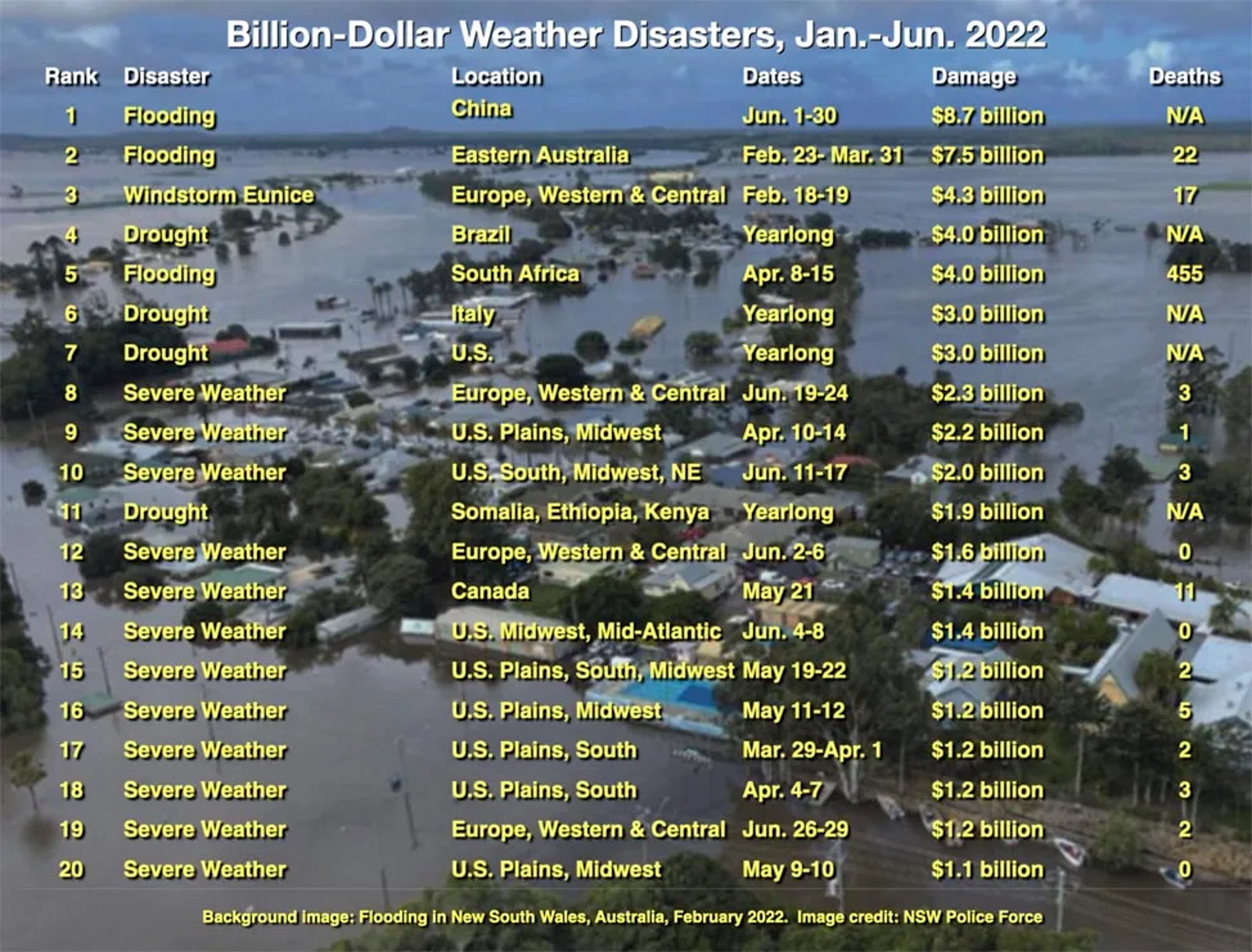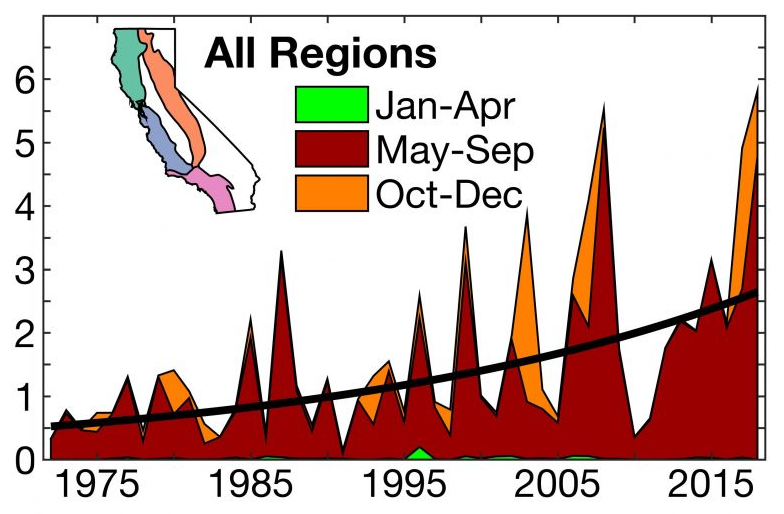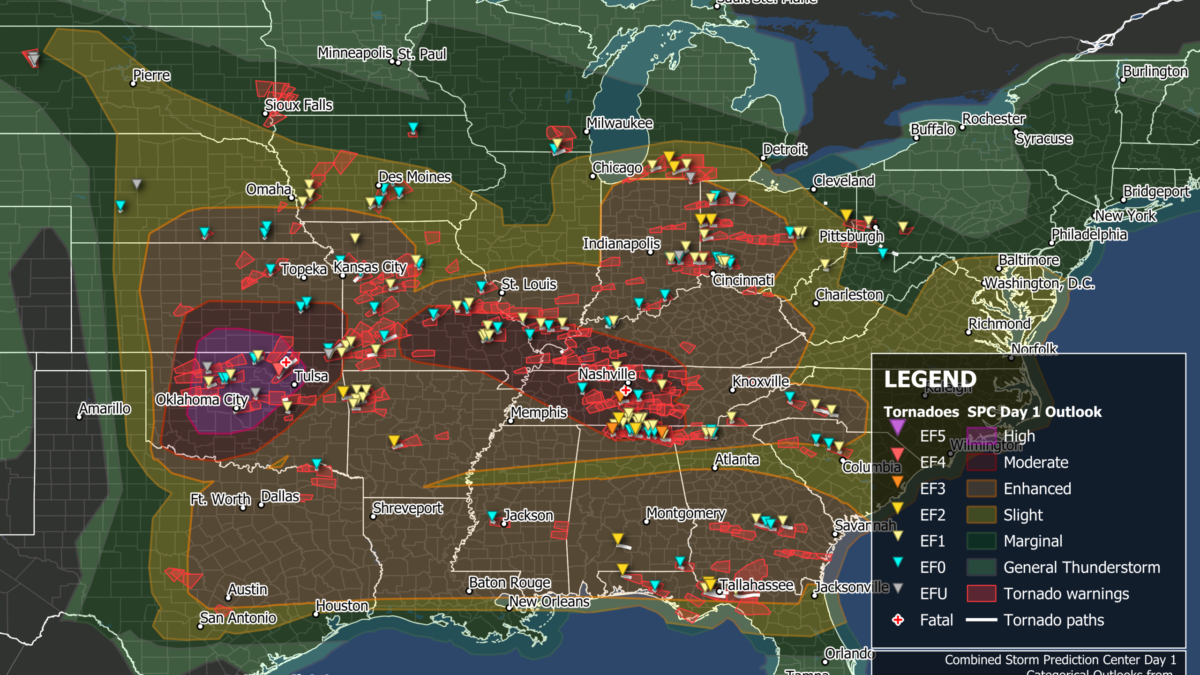July 2022: Earth’s 6th warmest July on record

By Jeff Masters and Bob Henson
12 August 2022
(Yale Climate Connections) – July 2022 was Earth’s sixth warmest July on record since global record-keeping began in 1880, 0.87 degrees Celsius (1.57°F) above the 20th-century average, NOAA’s National Centers for Environmental Information, NCEI, reported on August 12. NASA rated the month as tied for the third warmest on record, 1.12 degrees Celsius (2.02°F) above the 1880-1920 period, its best estimate for when preindustrial temperatures last occurred. The European Copernicus Climate Change Service rated July 2022 as one of the three warmest Julys on record, marginally cooler than July 2019 and marginally warmer than July 2016. Minor differences in the agencies’ rankings can result from the different ways they treat data-sparse regions such as the Arctic.
Land areas had their second-warmest July on record in 2022, with global ocean temperatures the seventh-warmest on record, according to NOAA. North America had its second-warmest July on record, Asia its third-warmest, South America its fourth-warmest, and Europe its sixth-warmest.
The contiguous U.S. had its third-warmest and 55th-driest July since 1895.
The year-to-date global surface temperature has been the sixth-highest on record, and the year 2022 is more than 99% likely to rank among the 10 warmest years on record, according to NOAA. However, it is only 10.5% likely to rank in the top five, and there is less than 0.1% chance that 2022 will rank as the warmest year on record, largely because La Niña conditions are now very likely to prevail for the rest of the year (more below).

20 billion-dollar weather disasters so far in 2022
Earth had 20 billion-dollar weather disasters during the January-June period of 2022, according to the quarterly catastrophe recap from Aon. Thankfully, total disaster costs (including earthquakes) during the first half of 2022 were 24% below 21st century average. But drought losses were high in a year when a pandemic and a war were causing food price spikes.
The only weather disasters costing more than $5 billion globally were the June seasonal floods in China ($8.7 billion) and February flooding in eastern Australia ($7.5 billion). Adjusted for inflation, statistics from EM-DAT rate the 2022 Australian floods as that nation’s third costliest weather disaster on record, behind the 1981 drought ($19.3 billion) and flooding in 2010 ($9.9 billion).
The deadliest weather disaster so far in 2022 is the monsoon flooding in Asia. During May and June, these floods killed 770 in India, 102 in Bangladesh, 49 in Nepal, and 37 in Pakistan.
There were nine individual billion-dollar weather and climate events across the U.S. during the first six months of 2022, according to both NOAA and Aon. […]
Arctic sea ice: 12th-lowest July extent on record
Arctic sea ice extent during July 2022 was the 12th-lowest in the 44-year satellite record, and the extent as of August 1 was the highest for that date since 2014, according to the National Snow and Ice Data Center, or NSIDC.
Antarctic sea ice extent in July was the lowest for any July on record, beating out 2019.
Antarctic sea ice extent tended to increase slightly from the 1980s through the 2010s, but it has decreased notably from 2017 onward, whereas Arctic sea ice extent has decreased more consistently and dramatically over the past 40 years.
Notable global heat and cold marks for July 2022
The information below is courtesy of Maximiliano Herrera. Follow him on Twitter: @extremetemps
- Hottest July temperature in the Northern Hemisphere: 51.7°C (125.0°F) at Death Valley, USA, July 12;
- Coldest July temperature in the Northern Hemisphere: -24.4°C (-11.9°F) at Summit, Greenland, July 27;
- Hottest July temperature in the Southern Hemisphere: 39.1°C (102.4°F) at Vallemi AP, Paraguay, July 25;
- Coldest July temperature in the Southern Hemisphere: -80.3°C (-112.5°F) at Concordia, Antarctica, July 8;
- Highest 2022 average temperature to date (Jan.-Jul.) in the Southern Hemisphere: 29.5°C (85.1°F) at Surabya AP, Indonesia; and
- Highest 2022 average temperature to date (Jan.-Jul.) in the Northern Hemisphere: 32.8°C (91.0°F) at Yelimane, Mali. […]
Hemispherical and continental temperature records in 2022
- Highest temperature ever recorded in January in North America: 41.7°C (107.1°F) at Gallinas, Mexico, January 1;
- Highest temperature ever recorded in the Southern Hemisphere (tie) and world record for highest temperature ever recorded in January: 50.7°C (123.3°F) at Onslow AP, Australia, January 13;
- Highest minimum temperature ever recorded in South America: 32.2°C (90.0°F) at Pampa del Infierno, Argentina, January 17; and
- Highest minimum temperature ever recorded in January in the Northern Hemisphere: 29.3°C (84.7°F) at Kenieba, Mali, on January 15 (and again on January 30). [more]


